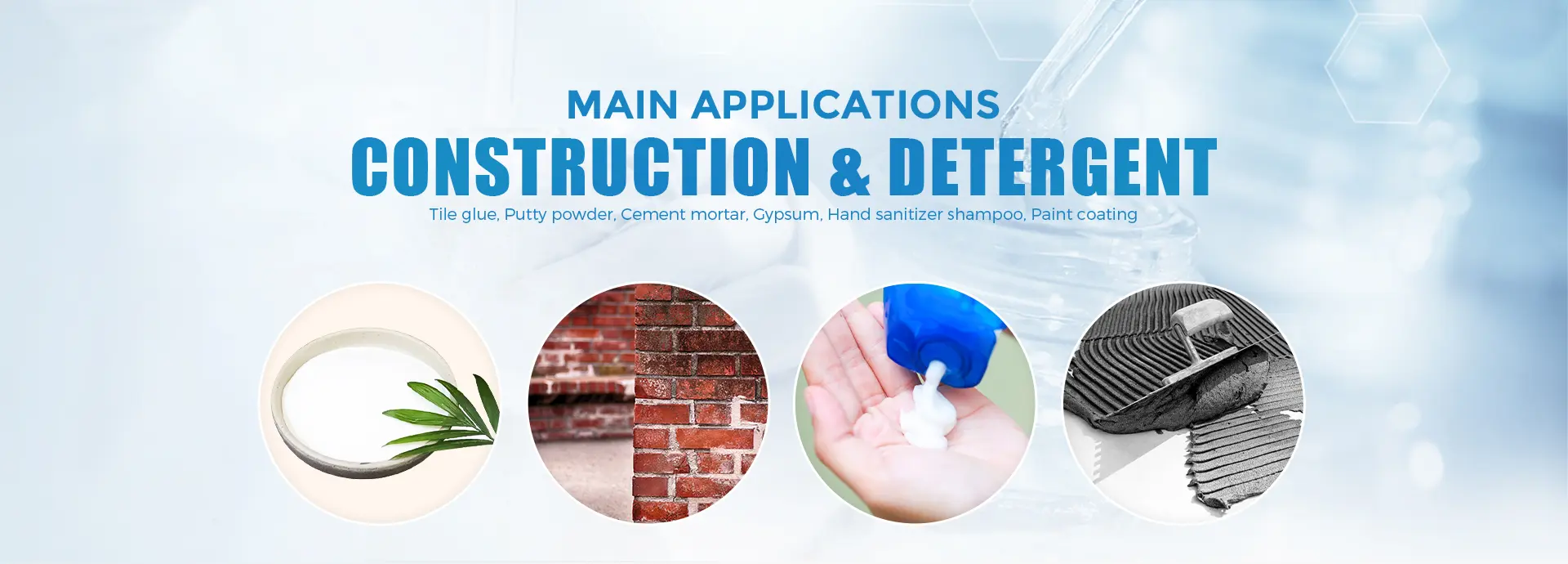Understanding Chemical Composition for Tile Bonding A Comprehensive Overview
When it comes to installing tiles, whether in residential or commercial spaces, the importance of a strong and reliable bond cannot be overstated. The chemical composition of tile bonding agents plays a crucial role in ensuring that tiles adhere properly to surfaces. In this article, we will delve into the components that make up effective tile bonding solutions and how they contribute to the durability and longevity of tile installations.
Understanding Chemical Composition for Tile Bonding A Comprehensive Overview
Polymers are one of the core ingredients in tile adhesives. These long-chain molecules enhance the adhesive properties and flexibility of the bond. Common polymers used in tile adhesives include latex, epoxy, and polyurethane. Latex-modified thin-set mortars are highly popular due to their excellent adhesion and flexibility, making them suitable for various substrates, including cement backer board and drywall. On the other hand, epoxy adhesives are known for their exceptional strength and resistance to moisture and chemicals, making them ideal for areas like kitchens and bathrooms.
chemical for tile bond

Fillers are another critical component of tile bonding agents. These materials, which can be organic or inorganic, are added to provide bulk to the adhesive and improve workability. Common fillers include silica sand, clay, and limestone. Incorporating fillers not only helps in achieving the desired consistency but also affects the adhesive's overall performance. A well-formulated adhesive will have an optimal balance of fillers to ensure that it remains workable while providing a strong bond once cured.
Additives also play an essential role in enhancing the performance of tile adhesives. These can include plasticizers, which improve the flexibility and workability of the adhesive, and retarders, which slow down the curing process, allowing for more extended adjustment times during tile placement. Other additives can make the adhesive water-resistant, mildew-resistant, or even improve its thermal properties, ensuring that it performs well under varying conditions.
In conclusion, the chemical composition of tile bonding agents is a critical factor in determining the success of tile installations. By understanding the roles of polymers, fillers, and additives, one can make informed choices when selecting adhesives for specific projects. Whether you're a professional contractor or a home improvement enthusiast, knowing the chemistry behind tile bonding can ensure that your tiles not only adhere well but also stand the test of time. As innovations in materials science continue to evolve, the future of tile bonding looks to be even more robust and effective.
-
Understanding Methyl 2 Hydroxyethyl Cellulose: Uses, Benefits & Industry InsightsNewsNov.24,2025
-
Hydroxyethyl Methyl Cellulose HEMC: Industrial Uses, Benefits & Future TrendsNewsNov.23,2025
-
HEMC Cellulose: Versatile & Sustainable Industrial Polymer | YoungcelNewsNov.23,2025
-
Methyl Hydroxyethyl Cellulose: Versatile Building Block for Industry & SustainabilityNewsNov.23,2025
-
CAS 9032 42 2: Understanding Polyvinyl Alcohol's Impact on Industry & SustainabilityNewsNov.22,2025
-
Hydroxyethyl Methyl Cellulose: Versatile Solutions for Modern Industry and SustainabilityNewsNov.22,2025




